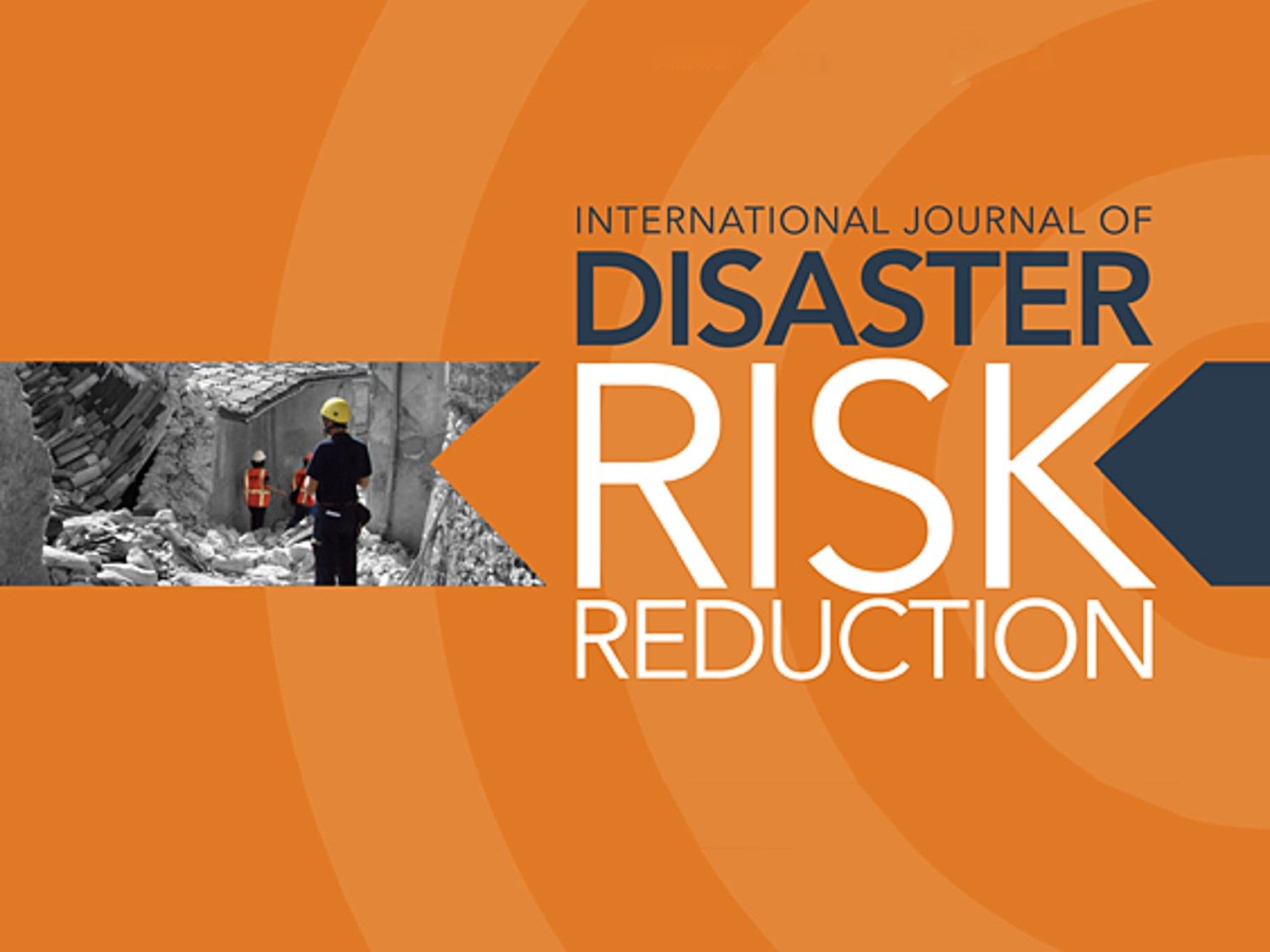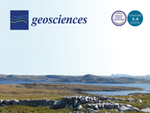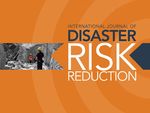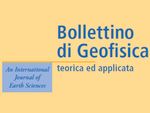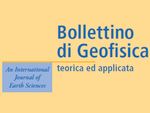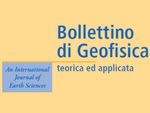Journal
International Journal of Disaster Risk Reduction
Authors
Grimaz S., Malisan P.
URL
https://www.sciencedirect.com/science/article/abs/pii/S2212420919304820
DOI
Abstract
School safety is one of the main concerns of administrators and decision-makers both for saving lives and for guaranteeing the continuity of education. This is especially true in natural hazard-prone areas, but it is also true for human-induced hazards. The elaboration and implementation of action plans for reducing the risk level of schools require both assessing all the relevant hazards potentially affecting each school and considering the resources available for the realisation of the required safety upgrading interventions. This paper illustrates the multi-hazard VISUS methodology adopted by UNESCO within the Comprehensive School Safety framework, in line with the Sendai framework for disaster risk reduction 2015–2030. VISUS was conceived and developed to provide decision-makers with a quick assessment of safety situations, upgrading needs, and status conditions of a large set of existing learning facilities. The methodology is the result of progressive improvements derived from multiple applications in pilot projects worldwide and in international peer reviews. This paper aims to illustrate the VISUS methodology, framing it within scientific literature. It also presents a selection of outcomes, describing the graphical indicators designed for supporting decision-makers in developing school safety upgrading strategies. Then, an overview of the VISUS applications shows improvements and evolutions of the methodology over the years and recaps its main specificities, highlighting how it can contribute to supporting the implementation of school safety initiatives. © 2019

